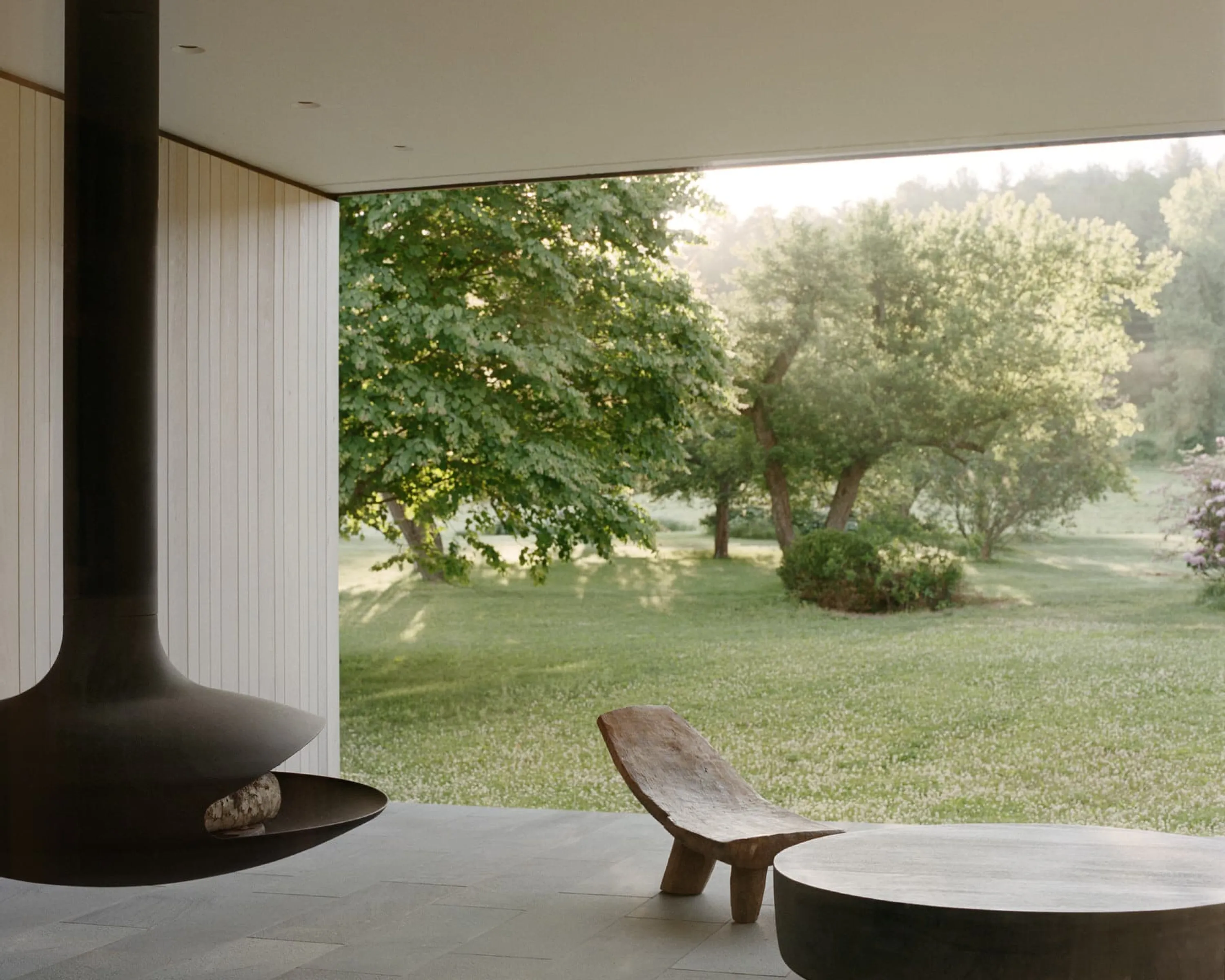Biophilic design and community: looking beyond individual wellbeing
Community is a fundamental aspect of human life.
Incorporating biophilic elements, spaces can encourage positive interactions, nurture a deep sense of belonging, and inspire mutual support, ultimately shaping a genuine sense of community…
Community and wellbeing
The link between community and wellbeing works both ways: an authentic sense of community supports individual wellbeing, and personal wellbeing is important for the rise of positive communities.
Strong and meaningful relationships contribute to individual wellbeing: feeling part of a group of peers, sharing experiences, and supporting each other are all essential aspects of a fulfilling life. Likewise, when people feel good individually they’re more prone to turn outwards, engage in meaningful conversations and create deeper bonds with others.
The benefits of community go beyond the individual sphere and into the health of groups and society as a whole. In the workplace, community creates a shared sense of drive towards a common goal, encouraging collaboration and mutual support. In residential neighbourhoods, a strong sense of belonging makes people more prone to help each other and fosters a healthy level of social control that makes the place safer.

Building community through design
Wellbeing comes from a balanced combination of social and private time. From a spatial perspective, this translates into a balanced combination of areas for exchange and areas for the self.
Areas designed for exchange encourage connection. An inviting living area at home, a welcoming communal area in a workplace or in the city all invite gathering. Natural focal points such as a fireplace or a water feature also bring people together.
On the other side of the spectrum, areas for the self recognize the fact that everyone needs time to stay alone. These refuge spaces carve comforting alcoves in homes and public spaces, offering individuals an opportunity to recharge.




A broader sense of community
From a wider perspective, community also relates to our place in the world.
Spaces that reflect local specificities strengthen the bond between people and their natural surroundings, nurturing a deep sense of belonging. In turn, belonging turns into interest and care, inspiring (instead of forcing) those environmentally-sound behaviours that we now need more than ever.

Imagine a world where people come together in resilient and supportive communities, where people live together with nature, not against it. A dream? Maybe not that much. This is a world design can shape, turning nourishing spaces into a nourishing future.